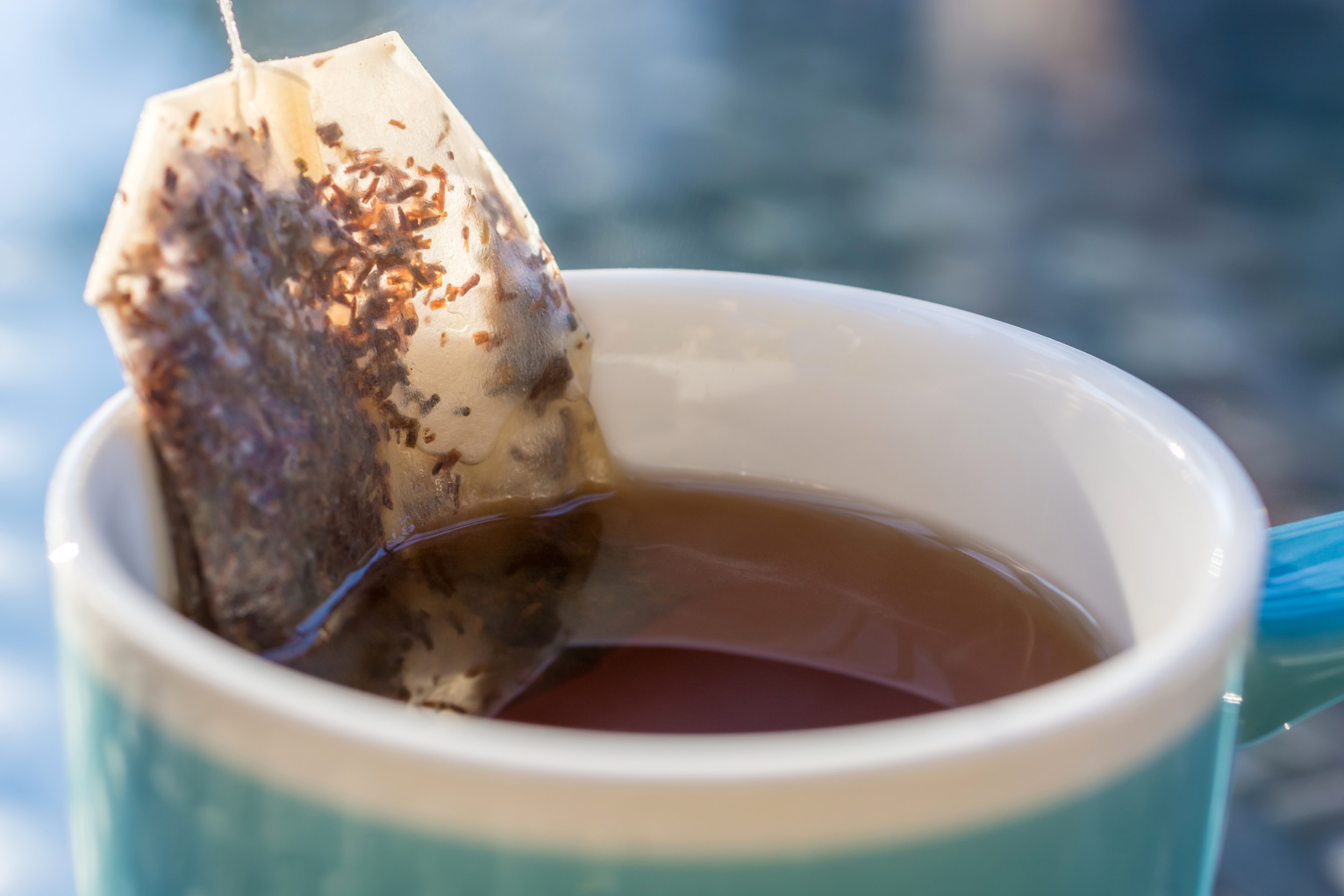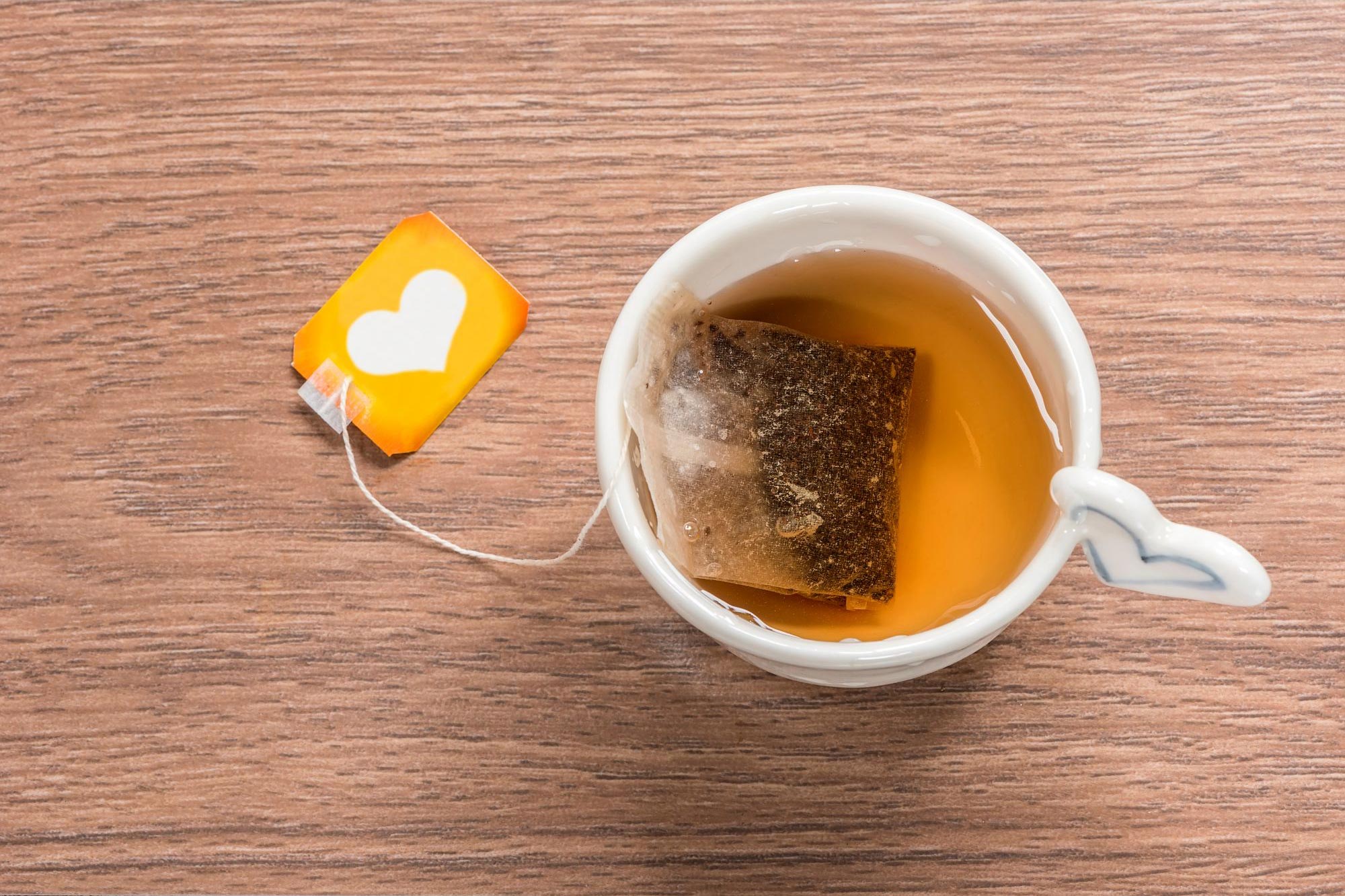- Microplastics-Free
- Posts
- The Hidden Microplastics in Tea Bags and the Potential Role of Tannic Acid
The Hidden Microplastics in Tea Bags and the Potential Role of Tannic Acid
A dual consideration.

Tea is a beloved beverage worldwide, cherished for its comforting qualities and health benefits. However, recent studies have raised concerns about the presence of microplastics in certain tea bags, prompting a closer examination of their potential health implications and the role of natural compounds like tannic acid in mitigating these effects.
Microplastics in Tea Bags
Many commercial tea bags are made using plastic polymers such as polypropylene, nylon-6, and cellulose. When exposed to hot water during brewing, these materials can release significant quantities of microplastics and nanoplastics into the tea. A study conducted by the Autonomous University of Barcelona found that polypropylene tea bags released approximately 1.2 billion particles per milliliter, with an average size of 136.7 nanometers. Similarly, cellulose-based tea bags released about 135 million particles per milliliter, averaging 244 nanometers in size. Nylon-6 tea bags released 8.18 million particles per milliliter, with an average size of 138.4 nanometers.
These findings are alarming, considering the potential health risks associated with microplastic ingestion. Research indicates that microplastics can be absorbed by human intestinal cells, potentially entering the bloodstream and accumulating in various organs.
Tannic Acid: A Natural Ally Against Microplastics?
Tannic acid, a polyphenol abundantly found in tea, has garnered attention for its potential to bind and remove microplastics from water. Researchers at the University of British Columbia discovered that when wood dust was treated with tannic acid, it could trap between 95.2% and 99.9% of plastic particles in water. The tannic acid binds to the microplastics, facilitating their removal from the liquid.
While this study focused on using tannic acid in water filtration systems, it raises intriguing questions about whether the tannic acid naturally present in tea could have a similar effect in the human body. However, further research is necessary to determine if consuming tannic acid through tea can effectively mitigate microplastic ingestion and its associated health risks.
Reducing Microplastic Exposure from Tea
To minimize the intake of microplastics when enjoying tea, consider the following steps:
Opt for Loose-Leaf Tea: Using loose-leaf tea with a stainless steel or glass infuser eliminates the need for tea bags, thereby reducing the risk of microplastic contamination.
Choose Plastic-Free Tea Bags: Some brands offer tea bags made from natural materials like paper or plant-based fibers that do not contain plastic.
Avoid Reheating Tea Bags: Reheating tea bags can cause additional microplastics to leach into the tea. It's advisable to brew tea fresh each time.
Be Mindful of Packaging: Select teas that come in minimal or plastic-free packaging to further reduce exposure to plastics.
Conclusion
The presence of microplastics in tea bags is a pressing concern that warrants attention. While tannic acid in tea presents a promising avenue for research into natural methods of combating microplastic contamination, more studies are needed to fully understand its efficacy within the human body. In the meantime, adopting practices such as using loose-leaf tea or plastic-free tea bags can help reduce microplastic exposure, allowing tea enthusiasts to continue enjoying their favorite beverage with greater peace of mind.


:max_bytes(150000):strip_icc()/VWH-GettyImages-1485248175-56525f65955d4e918802b7e27558177d.jpg)



:max_bytes(150000):strip_icc()/Microplastics-in-Tea-Bags-FT-BLOG0125-fbe185307683459daf8feccdc42da6f0.jpg)












